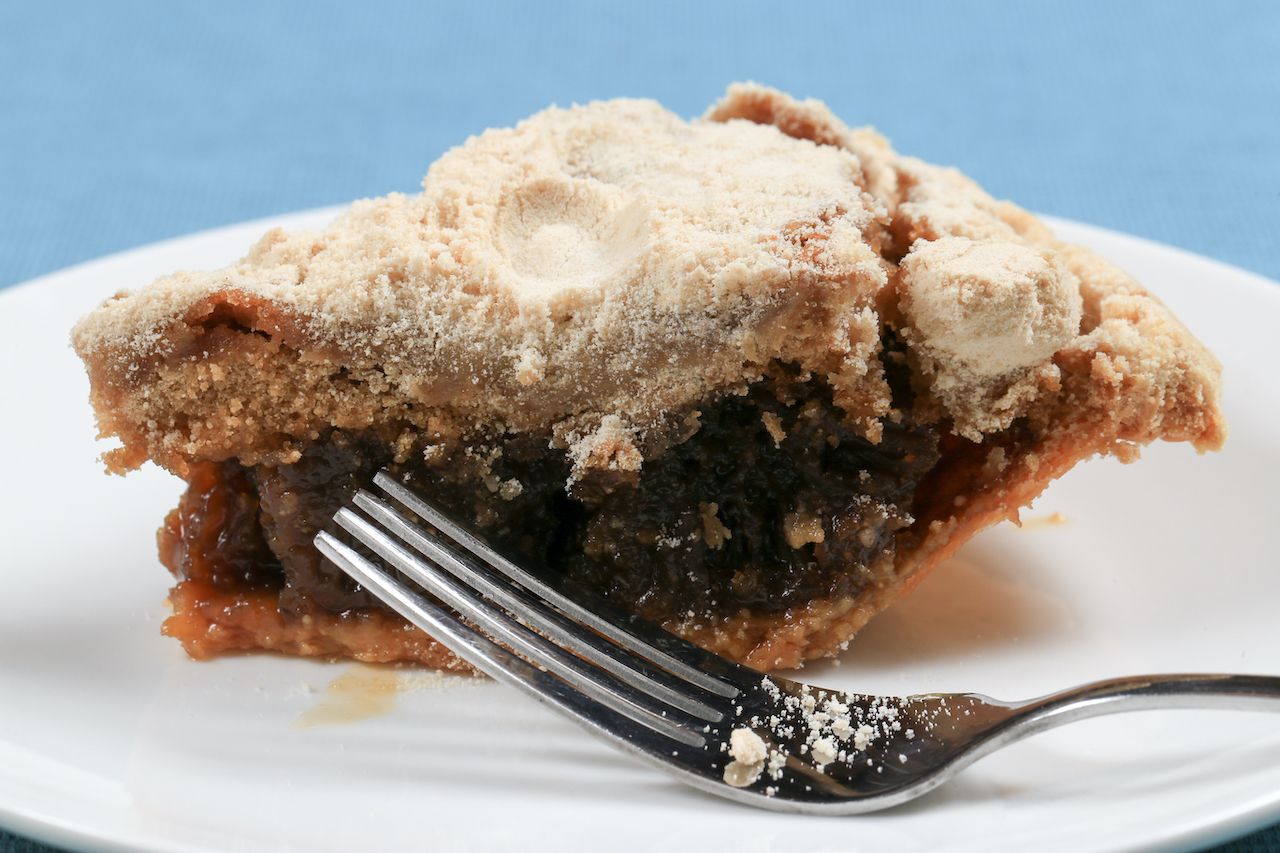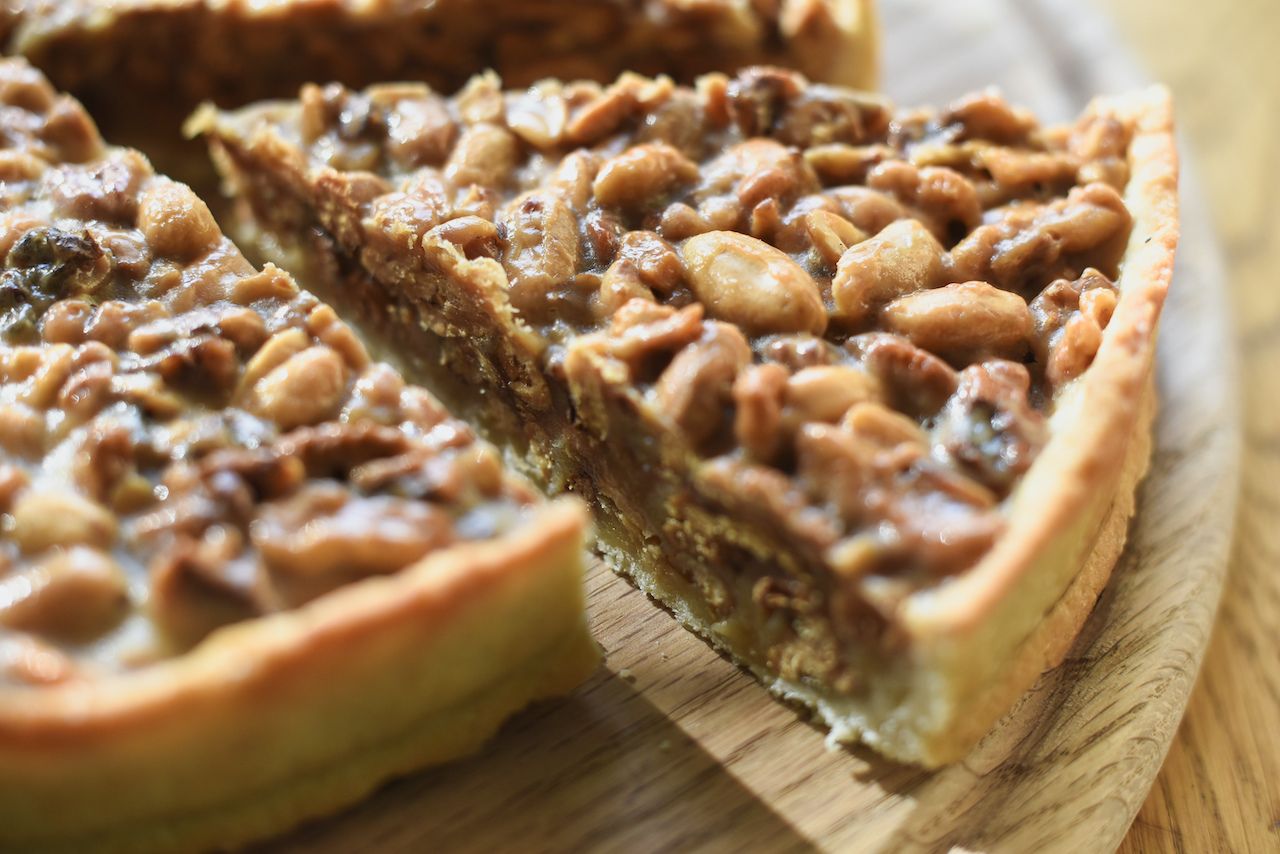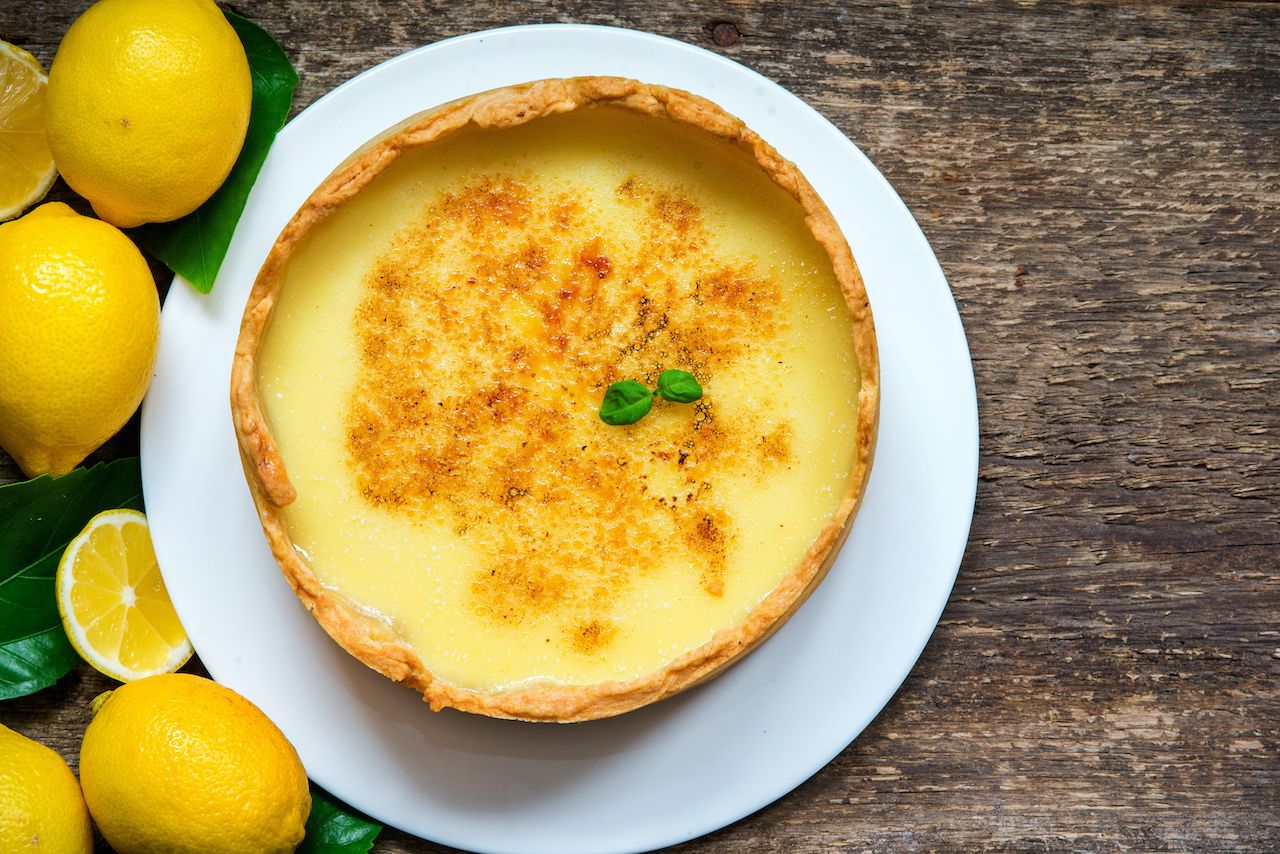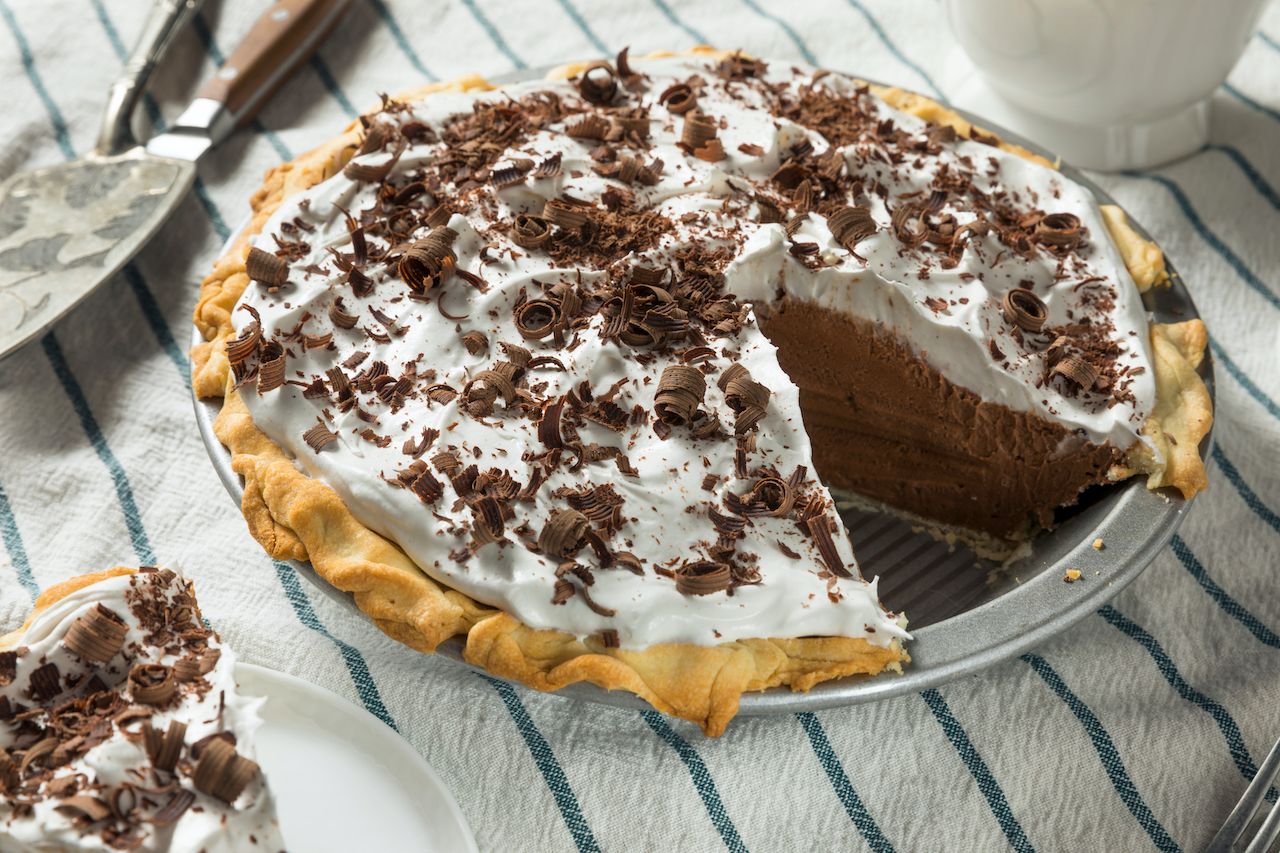Pie is a cornerstone of American culture, as inalienable from the national identity as our fundamental rights.
Every November, we argue not if we should serve pie but rather which pie, pumpkin or pecan, deserves to grace the hallowed Thanksgiving table. An American mouth is a “pie hole,” one that’s likely belted the lyrics to “American Pie.” The Declaration of Independence may as well read “life, liberty, and the pursuit of filled pastry.”
Like America itself, however, pie’s origins trace back to the Old World.
Pie crust has roots in Ancient Greece, same as American democracy. Early iterations of the desserts we drool over today traveled from medieval Europe, where they were predominantly savory. In the words of famed abolitionist Harriet Beecher Stowe, pie is “an English institution which, when planted on American soil, forthwith ran rampant and burst forth into an untold variety of genera and species.”
Perhaps the most delicious way to study American history is by looking back at the nation’s favorite pies, many of which might just be due for a comeback.







